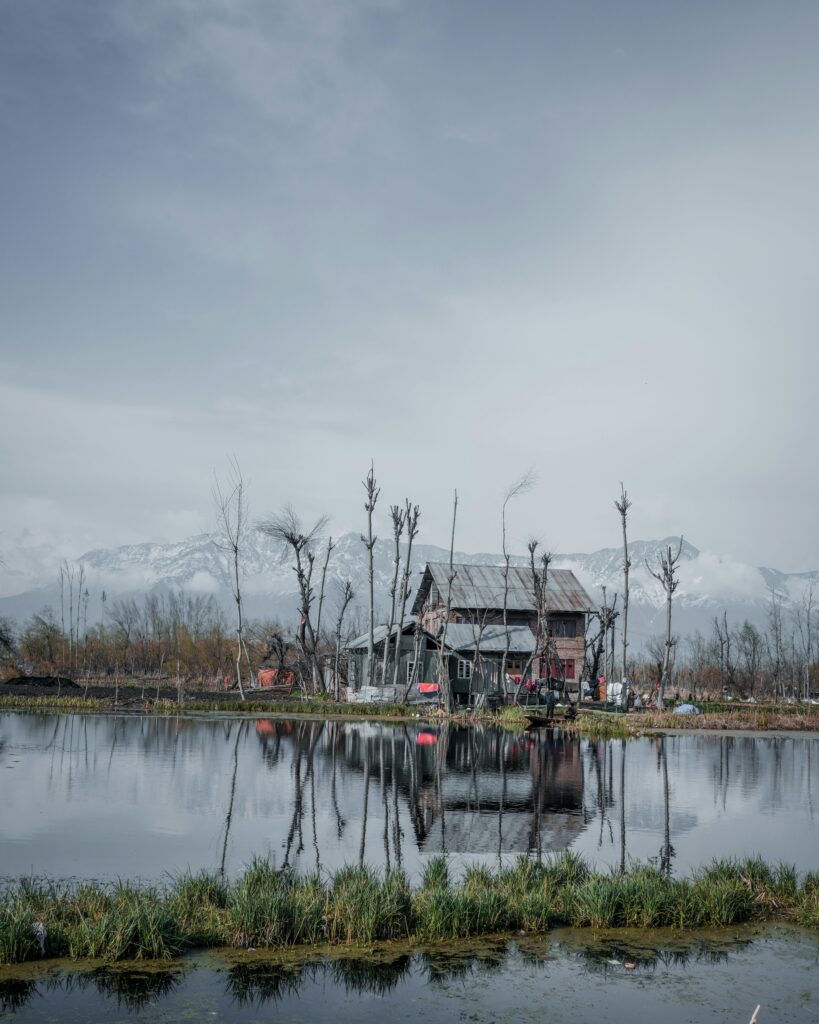Author: Shruti kapil, researcher and mutual dependence desk. The ongoing assembly elections in Jammu and Kashmir (J&K) are not just another political event; they symbolise a turning point in the region’s history. Scheduled to take place in three phases on September 18th, September 25th, and October 1st, these elections are the first since the abrogation of Article 370 in 2019, marking several important changes. This will be the first election held in J&K as a Union Territory, the first without Ladakh, which is now a separate Union Territory, and the first following the completion of the delimitation process. The results, expected on October 8th, are poised to shape the region’s future, making this election especially critical. Since Article 370 was revoked, J&K’s political landscape has experienced substantial shifts. The region lost its special status, which had granted autonomy with its own Constitution, property rights exclusive to “permanent residents,” and preferential rights in education and employment. Additionally, the state was split into two Union Territories—Jammu and Kashmir, and Ladakh—leading to structural changes that make the upcoming election a key moment to measure public sentiment in this new political environment. One of the most impactful changes post-abrogation was the delimitation of electoral constituencies. Delimitation refers to the process of redrawing the boundaries of constituencies to ensure equal representation based on population. This process hadn’t taken place in J&K since 1995. The Jammu and Kashmir Reorganization Act of 2019 mandated the creation of additional assembly seats, and as a result, seven new seats were added—six in Jammu and one in Kashmir—altering the political balance. This redistribution is expected to benefit Jammu, which many felt was historically underrepresented. Despite criticism from regional parties, the delimitation process aims to ensure equal population representation in elections, reinforcing a key aspect of democracy. Before 2019, J&K’s Assembly had 87 seats: 37 in Jammu, 46 in Kashmir, and 4 in Ladakh, with 24 seats reserved for Pakistan-occupied Kashmir (PoJK) that remained vacant. Following the delimitation, the J&K Assembly now holds 90 seats—43 for Jammu and 47 for Kashmir—after Ladakh was removed. The redistribution is expected to significantly impact the power dynamics between the two regions. With around 8.8 million eligible voters, including over 93,000 new voters, turnout is anticipated to be strong. The first phase of the assembly elections on September 18 concluded peacefully, recording a 61% turnout across 24 constituencies. Despite a recent surge in terror attacks, Jammu saw notably high participation, while South Kashmir, once known as a hotbed of militancy and previously prone to boycotts, showed up at the polls. Higher voter participation was observed compared to the 60% turnout in the first phase of the 2014 elections, building anticipation for the upcoming two phases. Political parties in J&K are divided over Article 370. The National Conference (NC), led by Farooq and Omar Abdullah, and the People’s Democratic Party (PDP) under Mehbooba Mufti, both favour the restoration of Article 370 and statehood. These regional parties argue that the abrogation undermined J&K’s identity and autonomy. On the other side, the Bharatiya Janata Party (BJP) champions the removal of Article 370, claiming it has integrated J&K more fully into India and brought positive changes in governance and development. The Indian National Congress (INC), aligned with NC, is silent on the abrogation. Newer entrants, such as the Apni Party focus on pragmatic governance, with their stances on Article 370 more nuanced. The table above outlines the key political parties in Jammu and Kashmir, highlighting their stances on Article 370 and the main agendas featured in their manifestos. This election will also see the Sikh community, traditionally underrepresented, fielding independent candidates for the first time, while former separatists and members of Jamaat-e-Islami*, who historically boycotted elections, are now participating, signalling a significant shift in local politics. Economic development is a priority for most parties in this election. Despite achieving a 5.7% growth rate from 2014-2022, unemployment, especially among educated youth, is a major concern, with the rate standing at 18.3%, much higher than the national average of 8%. Infrastructure improvements, particularly in road connectivity and electricity, are also central issues, along with addressing agricultural challenges and the rising problem of drug abuse. As these elections unfold, it remains to be seen how the electorate will respond to the changes that have reshaped their region. The absence of boycott calls, which were common during elections, and the overall improvement in law and order suggest that J&K is entering a new phase of political engagement. While many challenges remain, this election offers an opportunity for the people of Jammu and Kashmir to chart a course towards stability, prosperity, and lasting peace. * Jamaat-e-Islami, formed in the early 1950s, is a socio-political and religious group known for its separatist stance and history of electoral boycotts. It remains controversial and was banned by the Indian government for alleged links with the militant outfit Hizbul Mujahideen.








